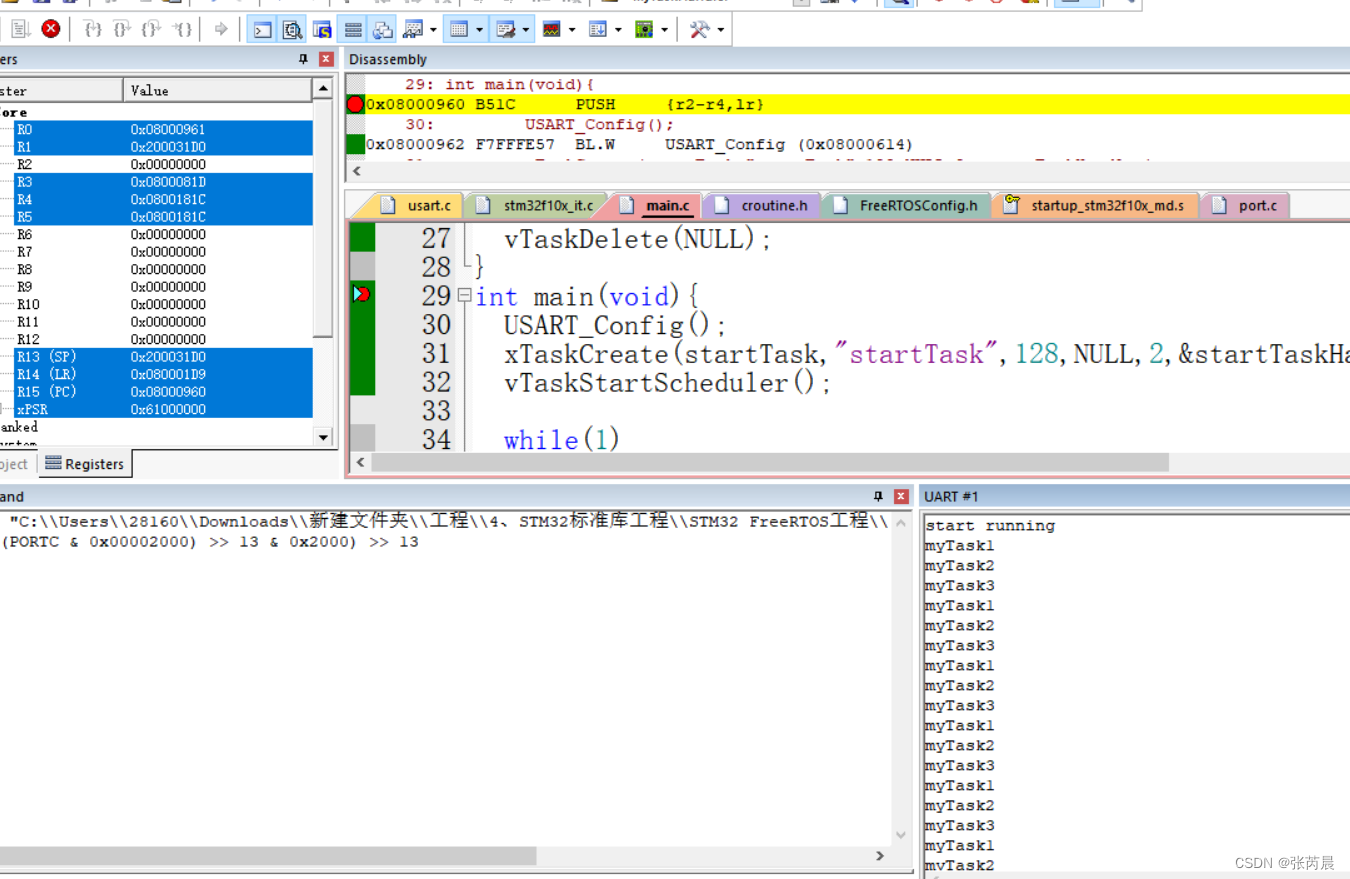大前提:
添加了相关的约束文件以及注解支持
<?xml version="1.0" encoding="UTF-8"?>
<beans xmlns="http://www.springframework.org/schema/beans"
xmlns:xsi="http://www.w3.org/2001/XMLSchema-instance"
xmlns:context="http://www.springframework.org/schema/context"
xsi:schemaLocation=" http://www.springframework.org/schema/beans
http://www.springframework.org/schema/beans/spring-beans.xsd
http://www.springframework.org/schema/context
http://www.springframework.org/schema/context/spring-context.xsd">
<context:annotation-config/>
</beans>
package org.example.eneity;
import org.springframework.stereotype.Component;
@Component
public class User {
public String name="张三";
}
public String name=" 张三 ”可以如下这么写
package org.example.entity;
import org.springframework.beans.factory.annotation.Value;
import org.springframework.stereotype.Component;
@Component
public class User {
@Value("张三")
public String name;
}
@Componen注解的作用相当于创建了一个bean
@Component = <bean id =" user " class=" org.example.eneity.User " />
beans.xml
<context:component-scan base-package="org.example.entity"/>它的作用是:指定扫描这个包,在这个包下的注解会生效

测试
public class Test10 {
public static void main(String[] args) {
ApplicationContext context = new ClassPathXmlApplicationContext("beans.xml");
User user=(User) context.getBean("user");
System.out.println(user.name);
}
}
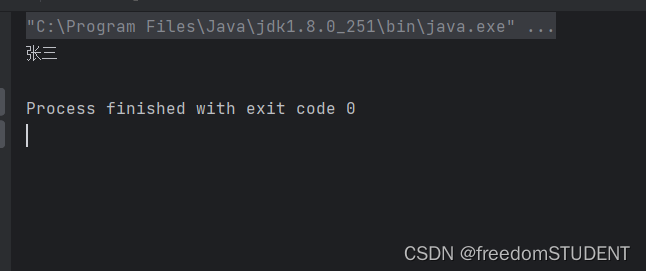
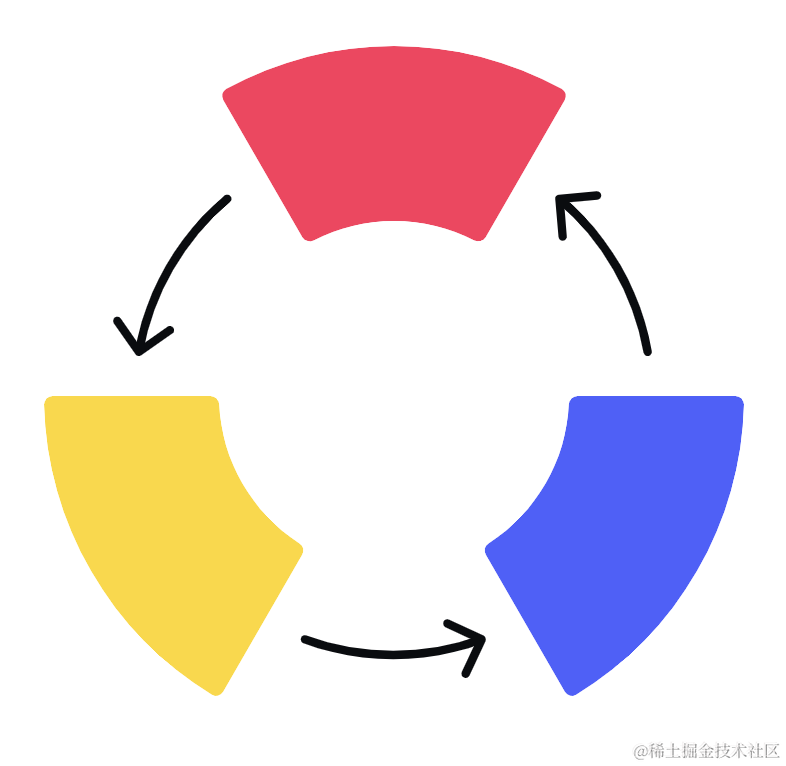








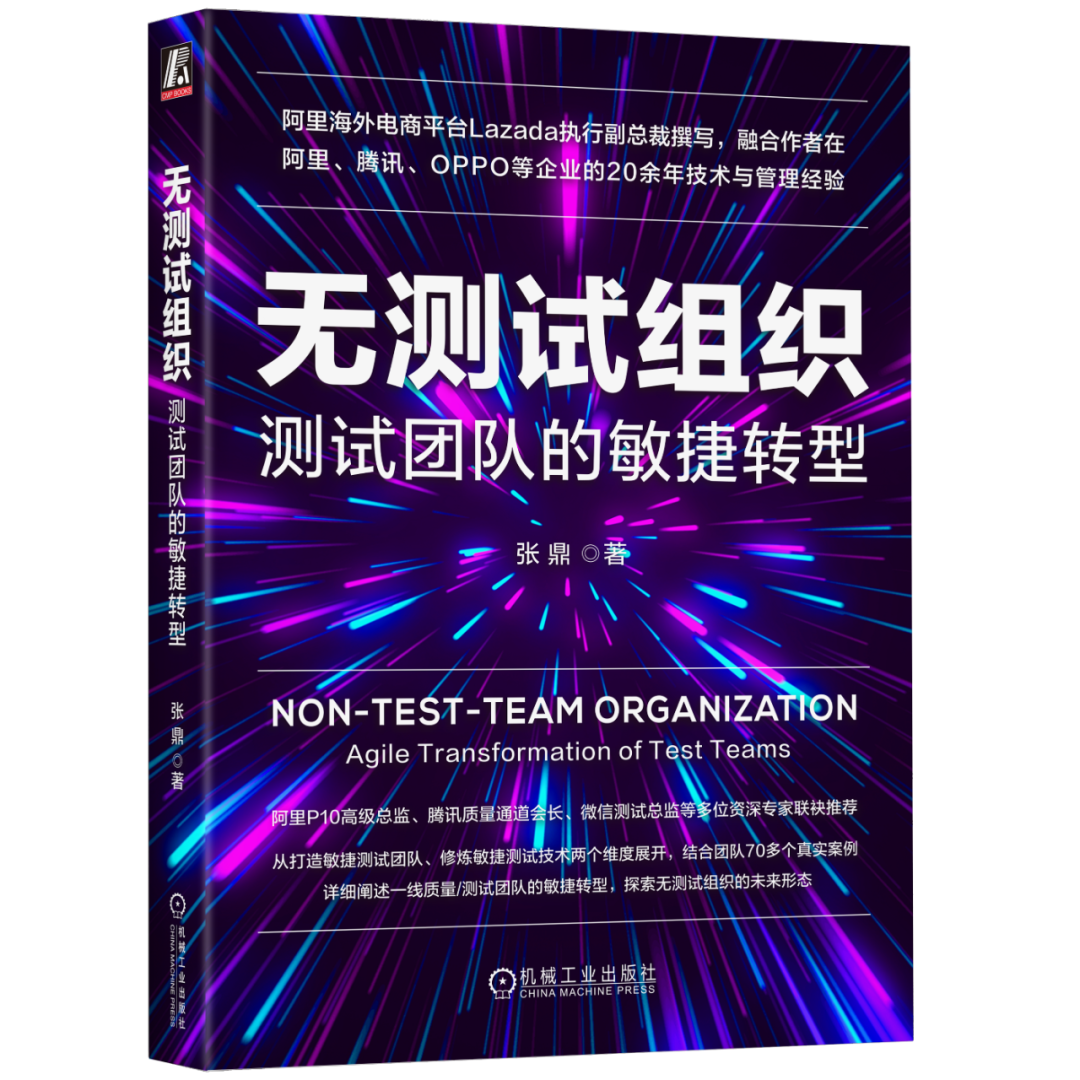


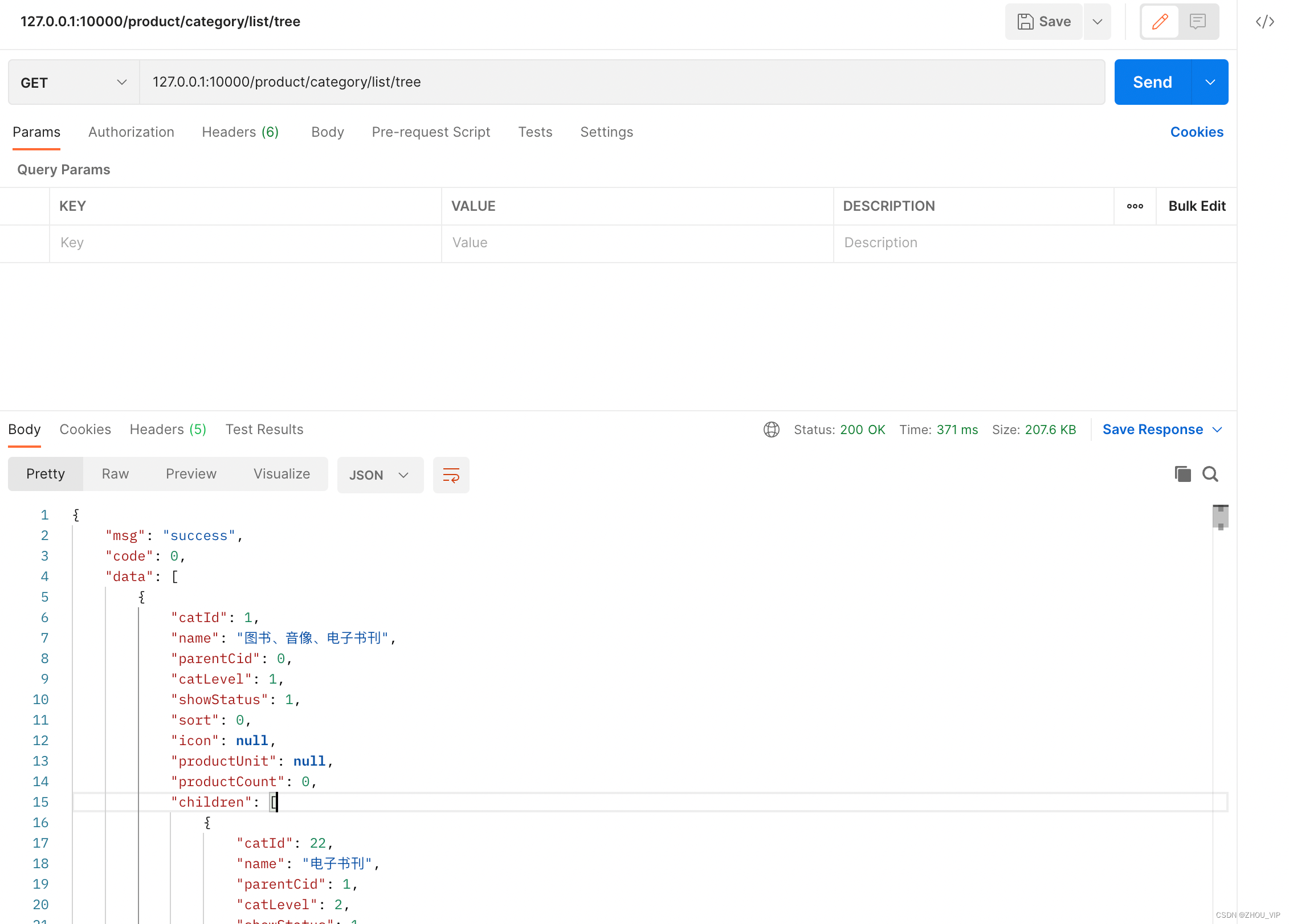
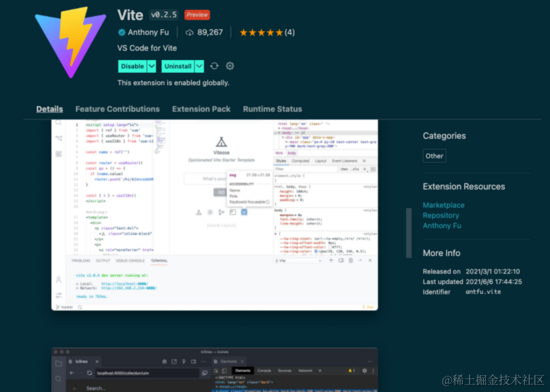


![[LC 总结] 前缀和(Prefix Sum)总结 10 道相关练习题](https://img-blog.csdnimg.cn/6681f721e8874977ad35443aa998538c.jpeg#pic_center)


